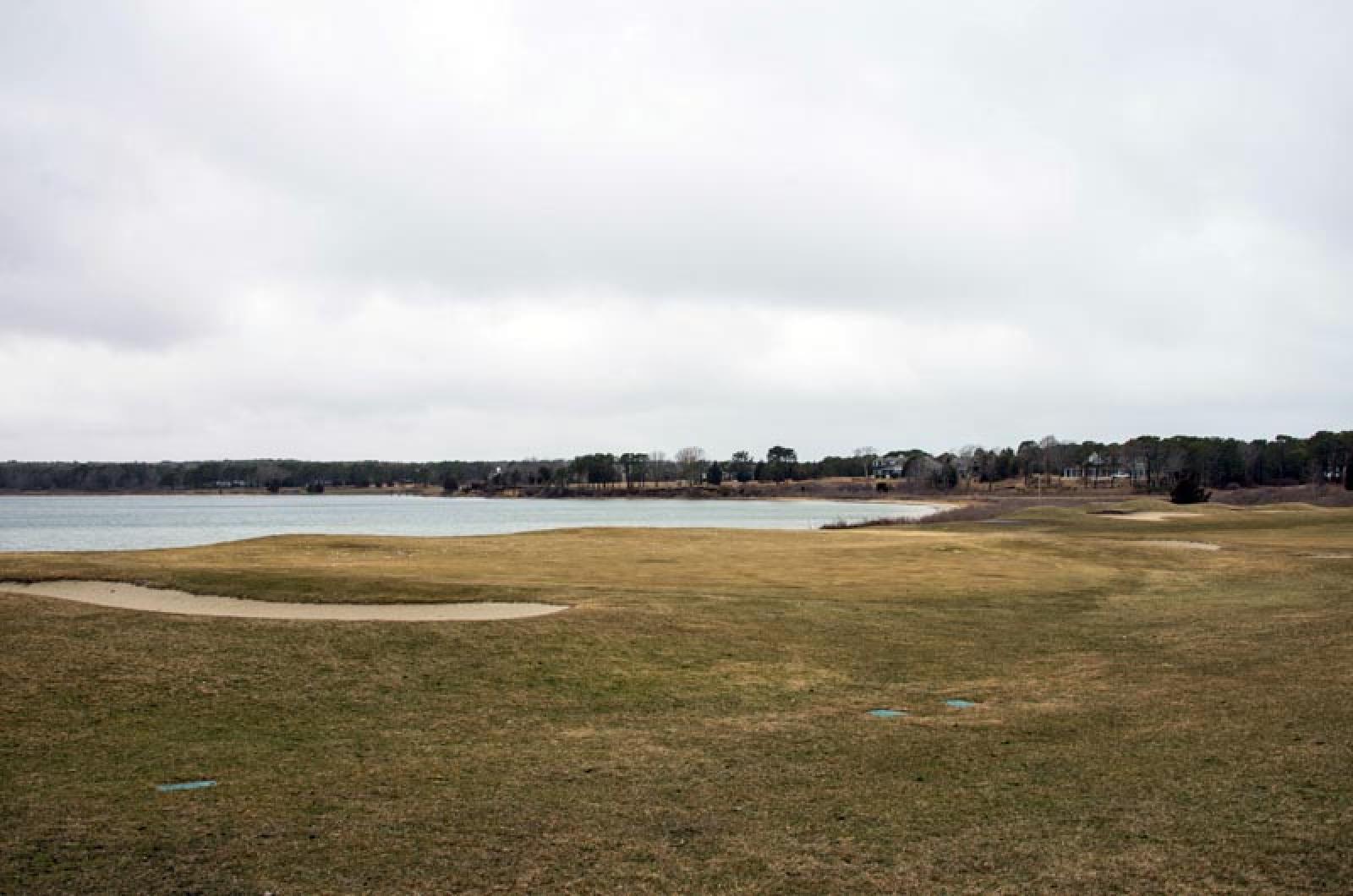This spring the annual town meeting warrants in each of the six Vineyard towns will include articles asking the voters to adopt board of health regulations governing the use of fertilizer on turf. I am writing to provide an explanation of how the effort to regulate fertilizer use came about, to explain why it’s important and to ask the voters to support the regulations at upcoming town meetings.
The initiative to regulate the use of fertilizer through town regulations is an opportunity that was granted to Vineyard towns through an amendment filed in 2012 by Sen. Dan Wolf and Rep. Tim Madden to House Bill 04394. The amended house bill allowed the Vineyard approximately one year to create regulations through the Martha’s Vineyard Commission district of critical planning concern (DCPC) process. In response, the six Island boards of health decided to coordinate their response and formulate local regulations that are identical in each town.
At the end of the one-year exemption period provided by the legislation, the opportunity to regulate locally will expire. Next spring a blanket statewide regulation will govern any Vineyard town that has not adopted local (town) regulations. The opportunity to create and adopt these regulations is finite and is not likely to reopen once it expires. The Martha’s Vineyard fertilizer regulations are aimed at protecting the Island’s surface and ground waters from nutrient impairment by reducing excess nitrogen and phosphorus (nutrient) loading from fertilizer.
Throughout the past fall and winter a working group comprised of landscapers, golf club turf managers, conservation commission members, board of health members, boards of health staff, representatives from Polly Hill Arboretum and MVC staff members met weekly to draft the regulation that appears on each town meeting warrant. Shellfish biologists, pond association members, fertilizer retailers and other interested or involved individuals also attended the weekly working group meetings.
The fertilizer regulation drafted by the working group is the product of a broad spectrum of stakeholders and represents strong consensus between the various interests and professions involved. The regulation proposed on town meeting floors does not prohibit applying fertilizer but directs its use to proper growing seasons in locations and amounts that the turf can absorb efficiently. For those concerned that the quality of their lawn will suffer as a result of these rules; it will not. There is a greater likelihood that lawns will improve through more knowledgeable turf care practices, client interaction and product choice.
Following completion of drafting, the final regulation was reviewed and endorsed by each town board of health. The boards of health, within their respective town boundaries, then filed with the Martha’s Vineyard Commission the DCPC nomination of the Martha’s Vineyard lawn fertilizer control district. Last Thursday night the MVC took two important unanimous votes. They adopted the DCPC guidelines for the fertilizer district and approved the proposed fertilizer regulations.
The proposed fertilizer regulations are important to the Vineyard in several different ways. If the regulation, drafted locally by experts specific to the Vineyard environment and climate, is not adopted at town meeting then an alternate state regulation administered by the Massachusetts Department of Agricultural Resources will govern. The state regulation is currently available for review in draft form, and it is the belief by many Vineyard experts who have reviewed the proposed state regulation that it is not a good fit to the Vineyard.
Experience indicates that local rule is often preferred over a state regulation enforced by distant officials. Consider the recent local challenges to govern NSTAR’s use of herbicides on power lines or Chilmark’s efforts to gain control over the use of glyphosate along the shoreline of Squibnocket Pond.
This is an opportunity to establish reasonable limits on a product that, if used incorrectly, clearly can cause environmental damage. And the regulations are being drafted and proposed before the environmental impacts are a crisis, and before it is beyond our authority to regulate. Lastly, the U.S. Environmental Protection Agency designated Martha’s Vineyard’s water supply as a sole source aquifer in 1988. The sole source designation illustrates that the Vineyard’s water supply is limited, fragile and should be afforded careful protection. Every drop of drinking water generated by on-site wells or public water supplies on the Vineyard has previously fallen as precipitation, washed through the ground surface and underlying soil, and has made its way into the water table. Nearly everything we put on or in the ground, either purposely or by accident, has the potential to be transported by rainfall into the aquifer and negatively impact water quality. The nutrients in fertilizer are designed to be water soluble in order for plants and grass to be able to draw them in. The water soluble trait of fertilizer, whether fast release or slow, is why it has the potential to enter the water table and degrade water quality.
All of the Island’s boards of health voted to support the effort and have done significant work to bring it this far. The Martha’s Vineyard Commission made two affirmative votes. We have heard from Island landscapers, fertilizer retailers, pond managers, conservationists and politicians. And we have produced an Island-wide set of regulations aimed at better managing the use of fertilizers on our Island. Now it is your turn, the voters, to be heard and lend your support. We ask for your support and vote on town meeting floor this April.
The full text of the proposed fertilizer regulation including specifics on where, when, how much and how fertilizer can be applied can be found on any spring 2014 town meeting warrant or at mvboh.org.
Matthew Poole is the Edgartown health agent.







Comments (3)
Comments
Comment policy »